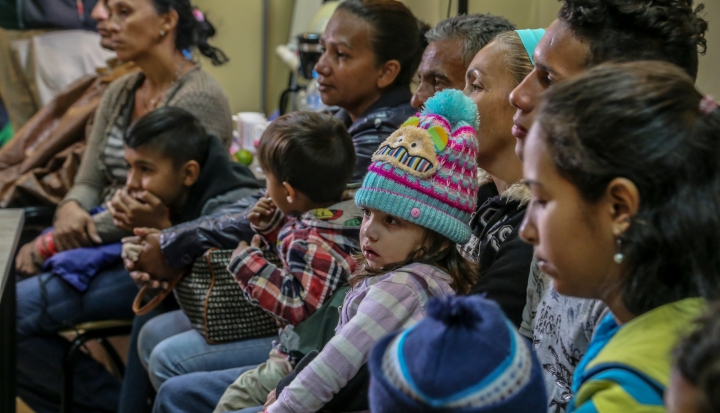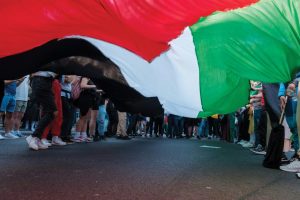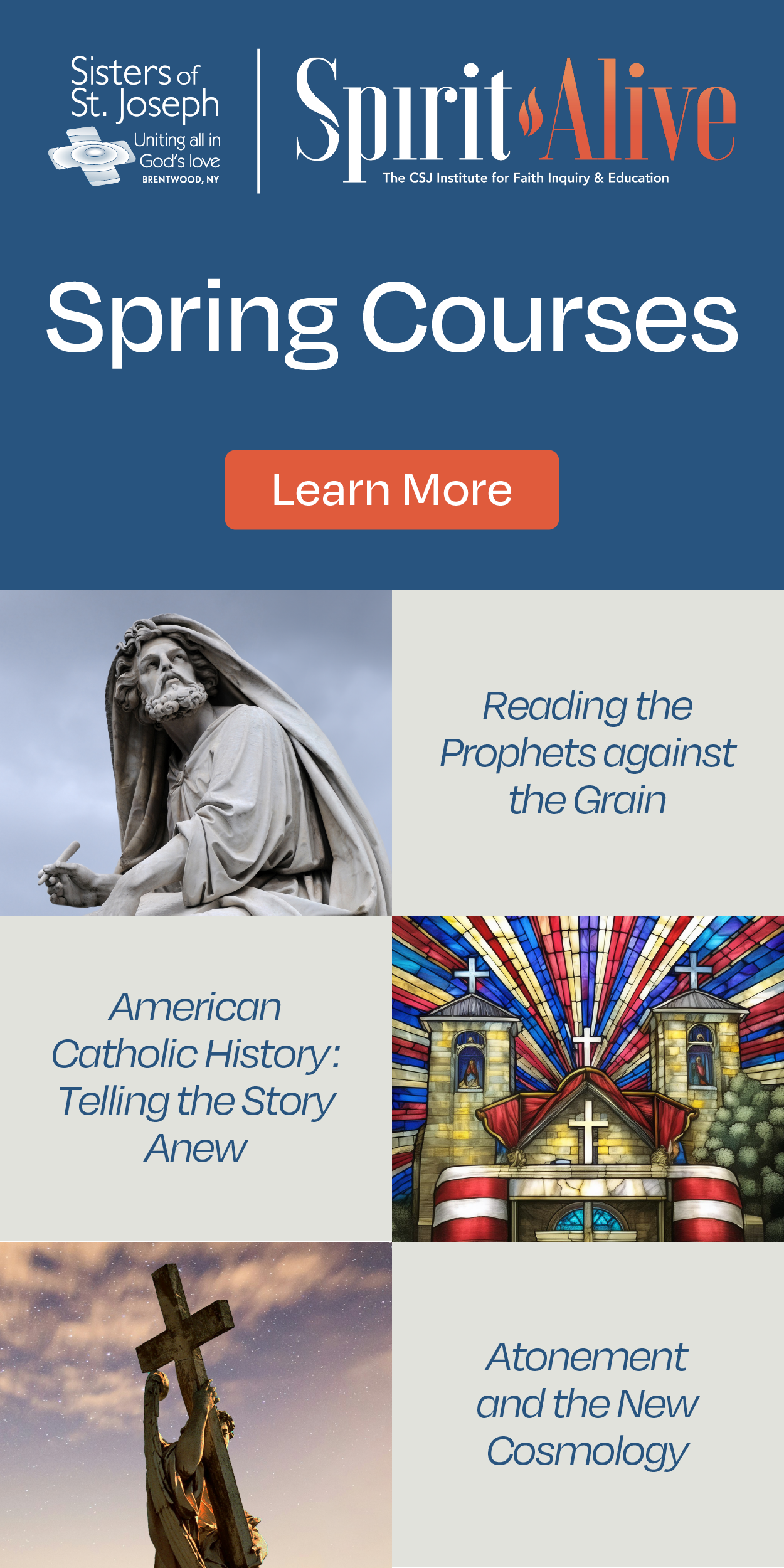In TV courtroom dramas such as CSI or Law and Order, the medical examiner’s testimony often plays a key role. By examining a victim’s wounds, you can discern much about the circumstances surrounding a death. The body’s wounds can tell, for example, the kind of gun used in a crime, the time lapsed between the lethal event and the body’s discovery; the strength possessed by an aggressor; the size of the culprit’s hands, perhaps even a possible motive—such as wether the death was accidental or intended. All of this is revealed from an analysis of the body’s injuries. In forensic medicine, wounds talk.
I am haunted about what a forensic analysis would tell us regarding the December deaths of young children held in the custody of U.S. Customs and Border Patrol (CBP) and Immigration and Customs Enforcement (ICE) facilities. Seven-year-old Jakelin Caal Maquin and 8-year-old Felipe Alonzo, both Guatemalan migrants, died within weeks of each other as 2018 drew to a close. Mariee Jaurez, only 20 months old, died while in federal detention in March of 2018. While a medical analysis would tell us about the physical causes of their deaths, an ethical forensic analysis of their wounds reveals disturbing information about the broader circumstances surrounding and contributing to the deaths of these children.
For instance, news accounts detail that the Department of Homeland Security’s own inspector general issued three dire reports within the past year concerning “poor treatment and spotty oversight” in ICE facilities. There were ample warnings of the system’s inability to care for asylum seekers with serious medical conditions. Yet these warnings went unheeded and the inadequacies noted went unaddressed.
Accounts further relate a lack of readiness and poor planning for the enhanced immigration arrests that resulted in a dramatic increase in those being detained in federal facilities. Thus the stage was set for derelict treatment of those in custody, with a consequent increase in the deaths of those being detained.
Wounds speak. And an ethical forensic analysis of these wounds tells us something about the motives for these deaths. It is hard to escape concluding some connection between the political rhetoric used to describe South American immigrants, such as “animals,” “rapists,” “criminals,” and “infestations,” and the consequent neglect of their care.
The death of children is tragic: when you bury a child, you bury the future. But these deaths seem to pass almost unnoticed because they weren’t seen as children. They embodied threats. And thus their deaths, for some, mark the demise of an unwanted future, a dangerous future, a future that would be “browner” than desired. The wounds on the bodies of these children reveal the fears of a nation, and a collective failure to accept the humanity of those whose faces differ from the white majority.
When you bury a child, you bury the future. The neglect exposed in the deaths of Jakelin, Felipe, and Mariee disclose a rejection of God’s desired future for humanity. God reveals this dream in the Pentecost event, where the diversity of the earth’s people heard the same saving message in the variety of the globe’s languages. Differences of custom, language, ethnicity, and geographic origin were of no consequence and no relevance. The Spirit’s gifts were freely bestowed on all who were present; all were welcomed into a new human community, the church, encompassing people of every race, language, and way of life. This is God’s future, God’s dream for humankind.
Wounds talk. The scandalous deaths of these children summon us to grieve not only the human tragedy their parents must endure for the rest of their lives. We also mourn what these deaths expose about our nation, namely, a death of decency and of our faith in God’s dream for humanity. May the Spirit reignite a fire for God’s future, so that no other child’s wounds will reveal such a lack of faith.
Image: Unicef Ecuador via Flickr
This article also appears in the March 2019 issue of U.S. Catholic (Vol. 84, No. 3, page 10).















Add comment